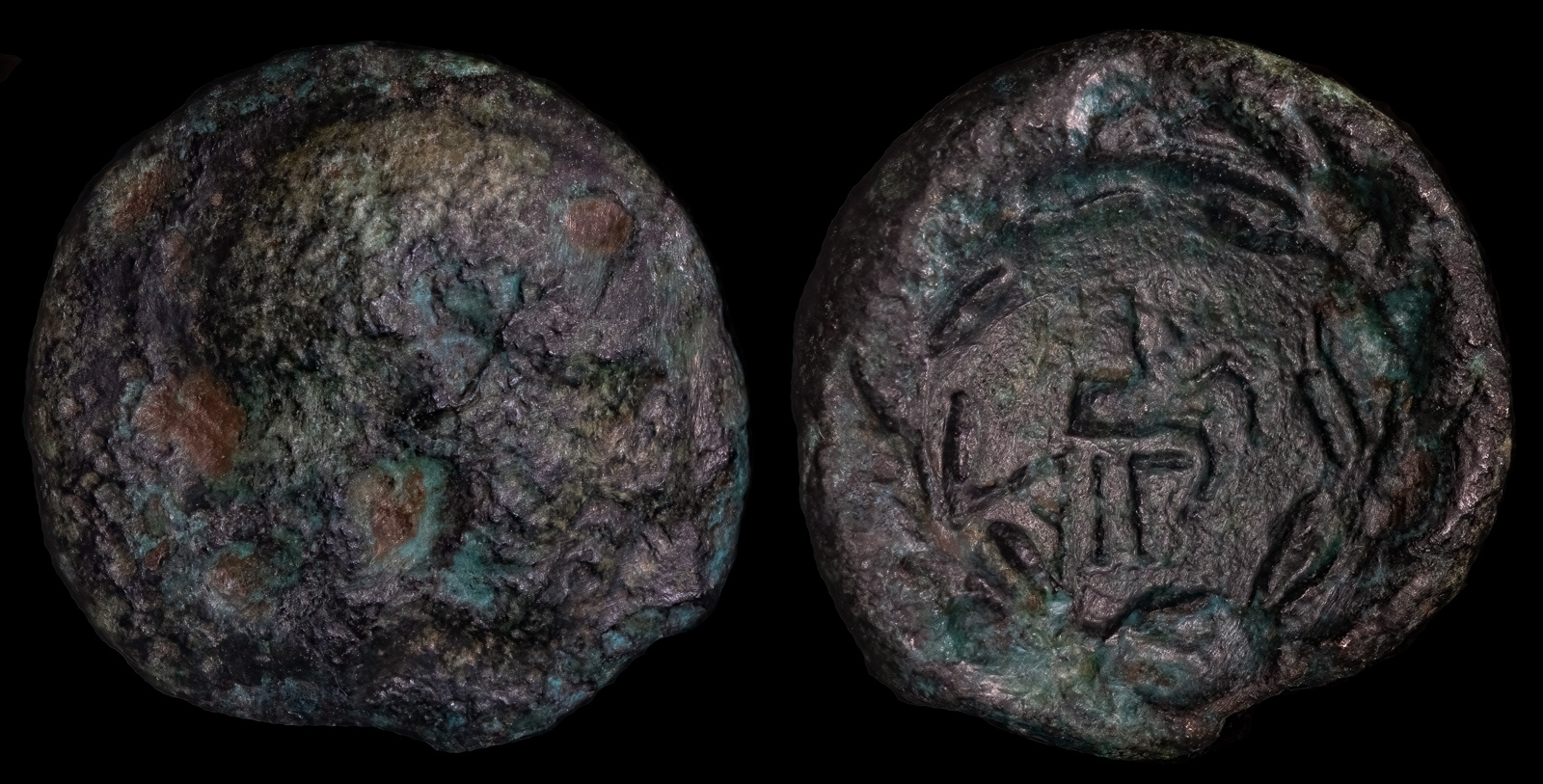Goat
View All Tags
One of the key symbolic associations of goats in Greek mythology was their connection to Pan, the rustic god of the wild, shepherds, and fertility. Pan was often depicted with the legs, horns, and beard of a goat, and his domain included the mountains, forests, and pastures—all places where goats were commonly found. The goat thus symbolized the untamed forces of nature and the primal aspects of life, as well as the fertility and abundance that the natural world could provide. Pan’s association with the goat emphasized themes of vitality, sexual energy, and the raw, uncontrollable elements of the natural world, reinforcing the goat’s symbolic connection to fertility and reproduction.
In addition to their associations with Pan, goats also played an important role in Greek religious rituals, particularly in sacrifices. Goats were frequently offered to the gods as part of sacrificial rites intended to bring prosperity, avert misfortune, or ensure the health of livestock and crops. The sacrifice of goats was common during festivals like the Panathenaia, which honored the goddess Athena, as well as during other agricultural festivals. The blood of the goat was often thought to have purifying qualities, capable of appeasing the gods and ensuring the fertility of the land. The connection between goats and sacrifice also highlighted their role in maintaining the balance between humanity and the divine.
Goats were also prominent in Greek art and coinage. Their distinctive features, such as their horns and beards, made them easily recognizable and symbolically rich subjects in Greek visual culture. In some instances, goats were depicted as part of mythological narratives, such as those involving the gods or heroes. For example, in the myth of Zeus’s infancy, the she-goat Amalthea nursed him and provided him with sustenance. As a result, goats came to be symbolically linked to nourishment and care, emphasizing their role in sustaining life and ensuring survival.
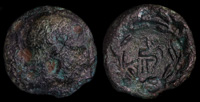
Aegira, Achaia 369-330 BCE
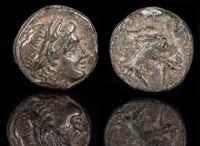
Aigai, Aeolis 4th-3rd cent BCE
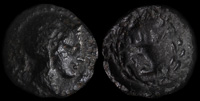
Aigeira, Achaia 360-330 BCE
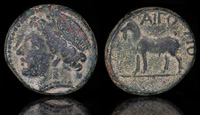
Aigiospotamoi, Thrace 4th cen BCE

Arkesine, Cyclades 300-200 BCE
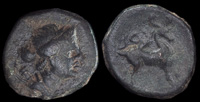
Bubon, Lycia 2nd-1st century BCE
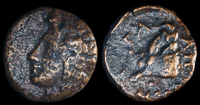
Galepsos, Macedon 400-380 BCE
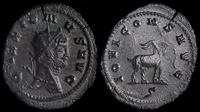
Gallienus 253-268 CE
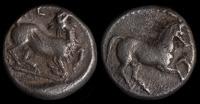
Kelenderis, Cilicia 350 BCE
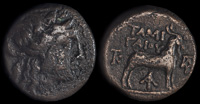
Macedon under Gaius Pubilius 168-167 BCE
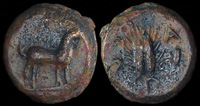
Paros, Cyclades 3rd-2nd centuries BCE
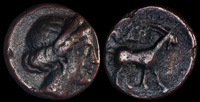
Paros, Cyclades 4th-1st century BCE

Praisos, Crete 300-270 BCE
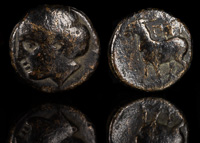
Pyrrha, Lesbos 400-300 BCE
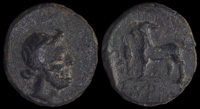
Syros, Cyclades 3rd-1st century BCE

Uncertain mint 300-100 BCE
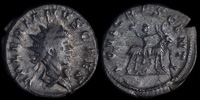
Valerian II 256-258 CE
